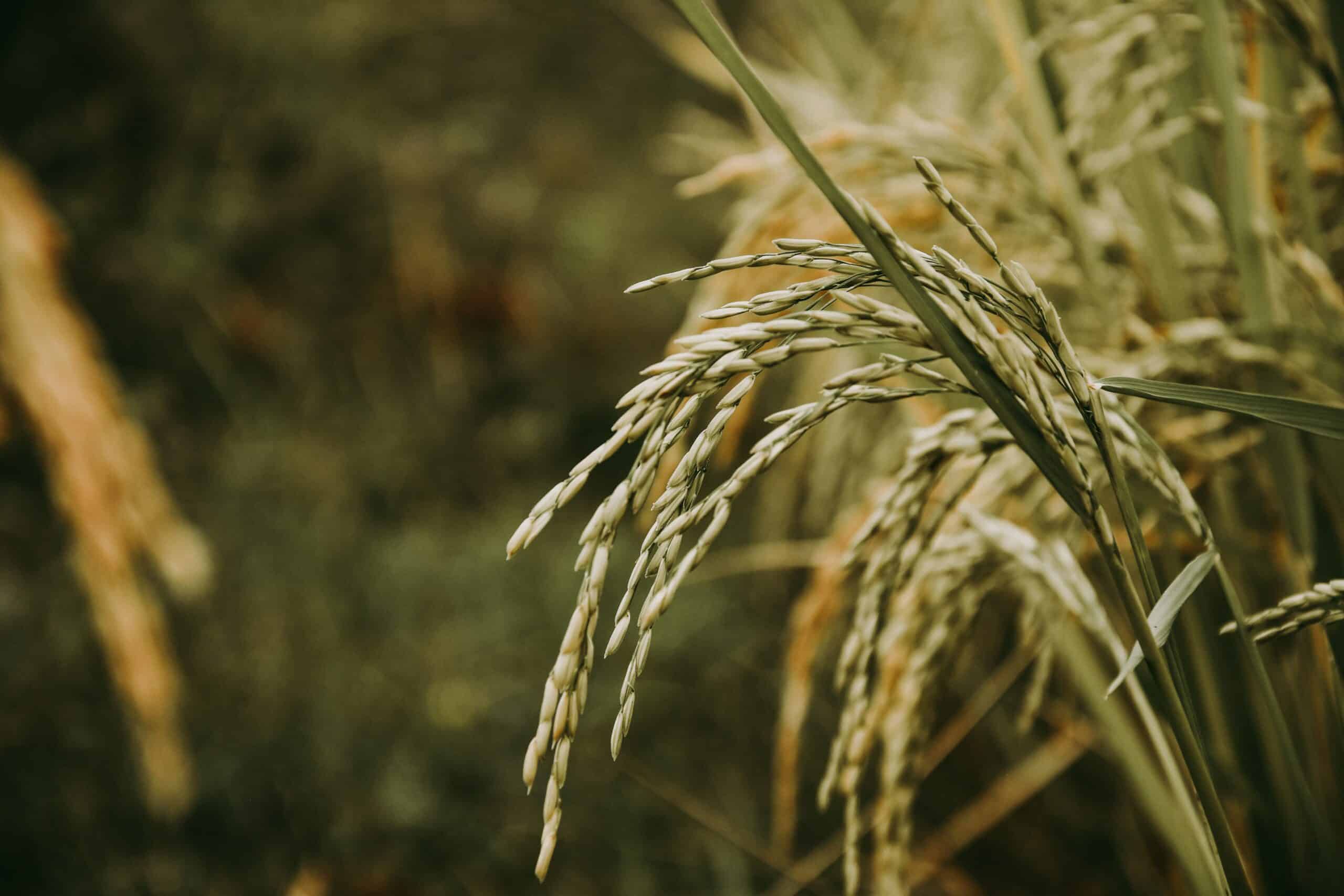
Rice is a staple for billions of people. It provides over 20% of the world’s calories and it is, without a doubt, one of the most important crops on Earth. But every year, a disease called ‘rice blast’ destroys 10-30% of global rice yields. Let’s put it this way: this one disease destroys up to 6% of the world’s food every year.
“Blast is the most serious disease of plants in the world because it affects virtually all growing regions of rice and also because rice is a huge crop,” said Pamela Ronald, a distinguished professor in the Department of Plant Pathology at UC Davis, who worked on the research.
This is where CRISPR enters the stage.
Cutting and pasting genes
CRISPR is a relatively new technology that only emerged within the last few decades. In essence the technique enables researchers to use harmless bacteria to cut and paste genetic sequences into different organisms. It’s already been used on several animals, including humans (for treating genetic disorders). Now, researchers found a way to use it against blast.
After they sequenced thousands and thousands of rice plants, researchers found a mutation that offers protection against the infection. But plants that had this mutation didn’t produce that much rice. So researchers used CRISPR to take that mutation and deploy it into other plants. Essentially, they gave rice plants resistant to blast infection (and two other infections as well) without substantially reducing their yields.
“We’re hoping that people can […] edit them to get a nice balance between resistance and high yield,” said Ronald.
Food security and fear
The results were extremely promising. The plants grew well and were indeed resistant. But there’s a catch. The researchers used a type of rice that isn’t normally grown for food. They used a variety that grows fast and is useful for studies. However, the team hopes that other researchers can pick up on their work and expand trials to more common types of rice.
“A lot of these lesion mimic mutants have been discovered and sort of put aside because they have low yield,” said Ronald. “We’re hoping that people can go look at some of these and see if they can edit them to get a nice balance between resistance and high yield.”
While it may still take some time, engineering plants to be resistant to diseases seems like something that’s very much in reach with current technology. But whether or not people will accept it still remains unclear.
In many countries, there’s strong resistance against genetically modified plants, and consumers simply don’t want GMO food. In the US, for instance, nearly half of all consumers avoid GMOs . In the EU, consumers have similar concerns.
There have been several successful efforts to introduce genetically modified crops. In the Philippines, nutrient-rich golden rice is improving consumers’ wellbeing, while in Bangladesh, GM eggplants are providing better yields and improving food security.






